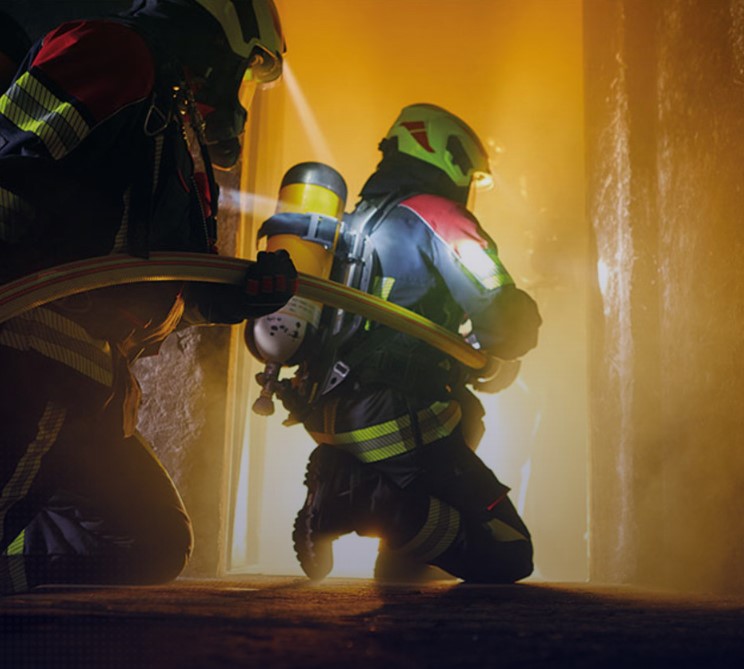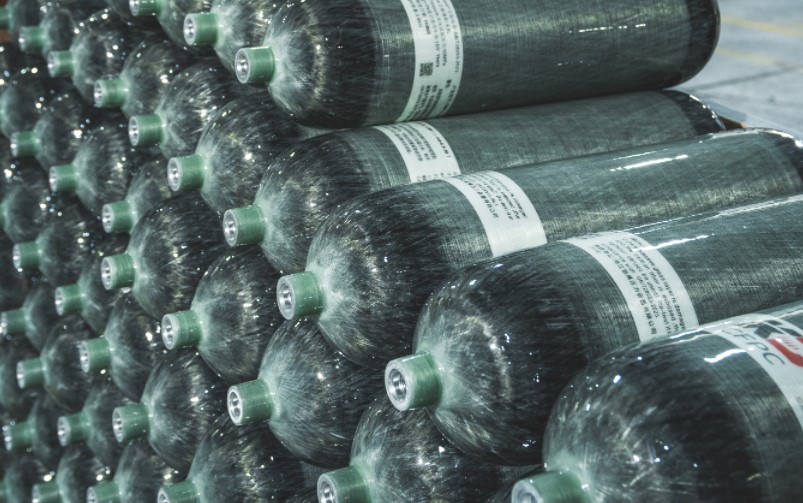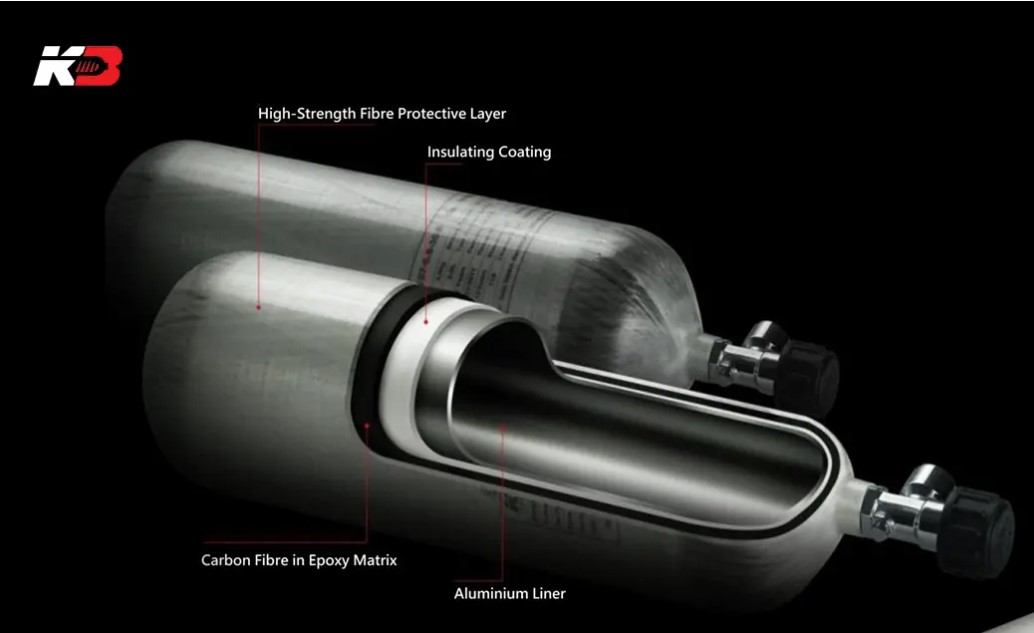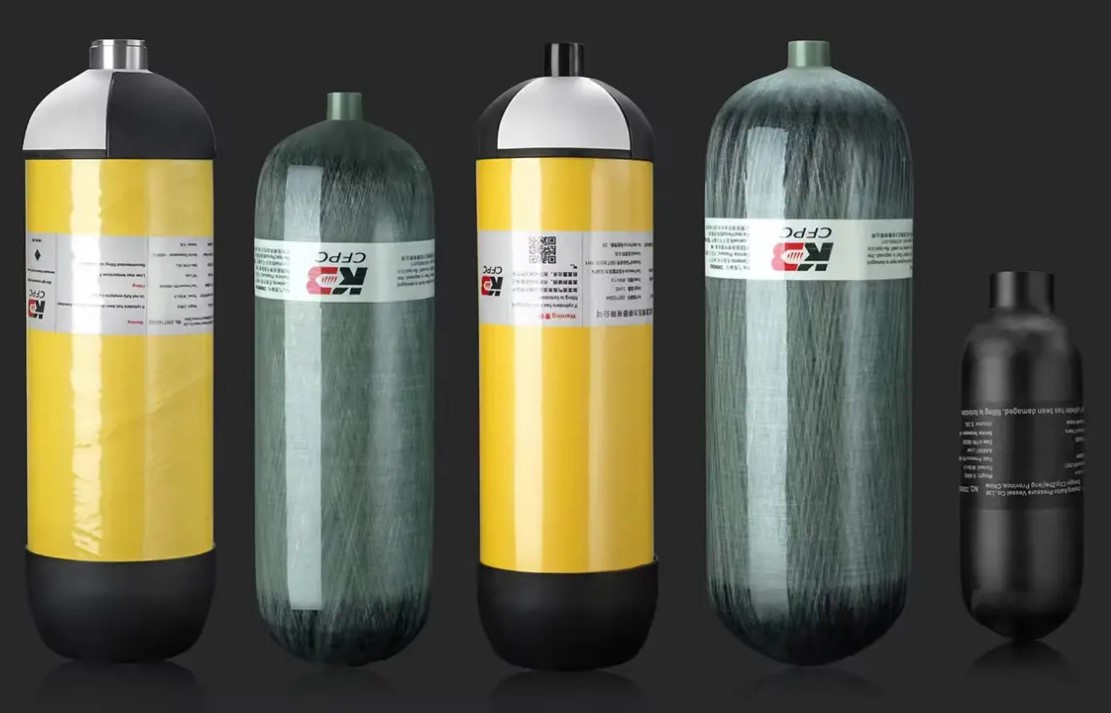Introduction
Carbon fiber composite cylinders are widely adopted across many industries, especially in self-contained breathing apparatus (SCBA) systems used for firefighting, industrial safety, diving, and rescue operations. However, to ensure safety and performance, these cylinders must meet regulatory approvals specific to different regions or countries. This article provides a straightforward overview of certification and compliance requirements for air breathing apparatus cylinders in major global markets, with an emphasis on carbon fiber composite tanks.
North America: United States and Canada
United States
- Regulatory Body: U.S. Department of Transportation (DOT)
- Standard: DOT-CFFC (for composite cylinders), or DOT-SP for special permits
- Testing: Includes burst tests, pressure cycling, and impact resistance
- Scope: Used across firefighting SCBA (NFPA-compliant), medical oxygen, and industrial safety
Canada
- Regulatory Body: Transport Canada (TC)
- Standard: TC-3FCM for fully wrapped carbon fiber cylinders
- Compatibility: Canadian and U.S. standards are often harmonized
European Union
- Regulatory Framework: Transportable Pressure Equipment Directive (TPED) and CE Marking
- Relevant Standards: EN 12245 for composite cylinders
- Inspection: Third-party notified bodies perform conformity assessments
- Applications: SCBA for firefighters, compressed air for diving, medical cylinders
Carbon fiber cylinders in Europe are generally designed to meet rigorous performance and lifetime testing, including cyclic fatigue and environmental stress tolerance.
Japan
- Regulatory Authority: High Pressure Gas Safety Institute of Japan (KHK)
- Standard: KHK certification required for all high-pressure gas vessels
- Focus Areas: Gas tightness, safety under vibration and temperature extremes
- Use Cases: Widely used in SCBA and clean energy storage (e.g., hydrogen)
Japanese regulations emphasize detailed testing and batch certification.
South Korea
- Regulator: Korea Gas Safety Corporation (KGS)
- Standard: KGS AC111 for composite gas cylinders
- Test Requirements: Includes drop tests, pressure cycle tests, and fire resistance
- Typical Sectors: Firefighting, industrial gas supply, scuba
CIS Region (Russia and Neighboring States)
- Certification: GOST-R or TR CU (Eurasian Conformity Certificate)
- Applicability: Must comply with Customs Union technical regulations
- Inspections: Local certification bodies and lab testing
- Usage: SCBA in mining, rescue operations, and chemical plants
Gulf Countries (GCC)
- Regulatory Path: GCC Standardization Organization (GSO), with country-level oversight
- Standards: Typically adopt ISO or EN standards (e.g., ISO 11119)
- Markets: Oil and gas sector, firefighting, emergency preparedness
Customs clearance in these countries often depends on prior conformity assessment and lab certification from approved facilities.
Other International Markets
Australia & New Zealand
- Standard: AS/NZS 1802 and ISO 11119
- Approval Process: Must meet safety standards regulated by national safety agencies
India
- Authority: Petroleum and Explosives Safety Organization (PESO)
- Requirement: Import and use of high-pressure cylinders must meet Indian gas rules and undergo local type approval
China
- Regulatory Body: State Administration for Market Regulation (SAMR)
- Standard: GB 28053 for SCBA cylinders, GB 28050 for general gas cylinders
- Compliance: Factory inspections and pressure testing required
Common Features of Carbon Fiber Composite Cylinders
Regardless of region, carbon fiber cylinders share key advantages:
- Lightweight Design: Easier to carry during emergencies or extended use
- High Strength: Engineered to withstand high pressures (200-300 bar range)
- Durability: Resistant to corrosion, fatigue, and impact
- Efficiency: Allows more breathable air in smaller, lighter units
- Lifespan: Can last up to 15 years with proper testing and periodic requalification
Summary
Understanding the certification requirements in each market is essential for manufacturers, distributors, and end users. While standards vary, the core goal remains the same: to ensure user safety, equipment reliability, and operational readiness. Carbon fiber composite tanks have become the global standard in SCBA systems due to their light weight, strong performance, and adaptability to diverse compliance needs.
Manufacturers like KB Cylinders align their designs with multiple regional certifications, helping users across the globe deploy safe and reliable breathing solutions in firefighting, medical, industrial, and energy sectors.
Post time: Jun-05-2025




